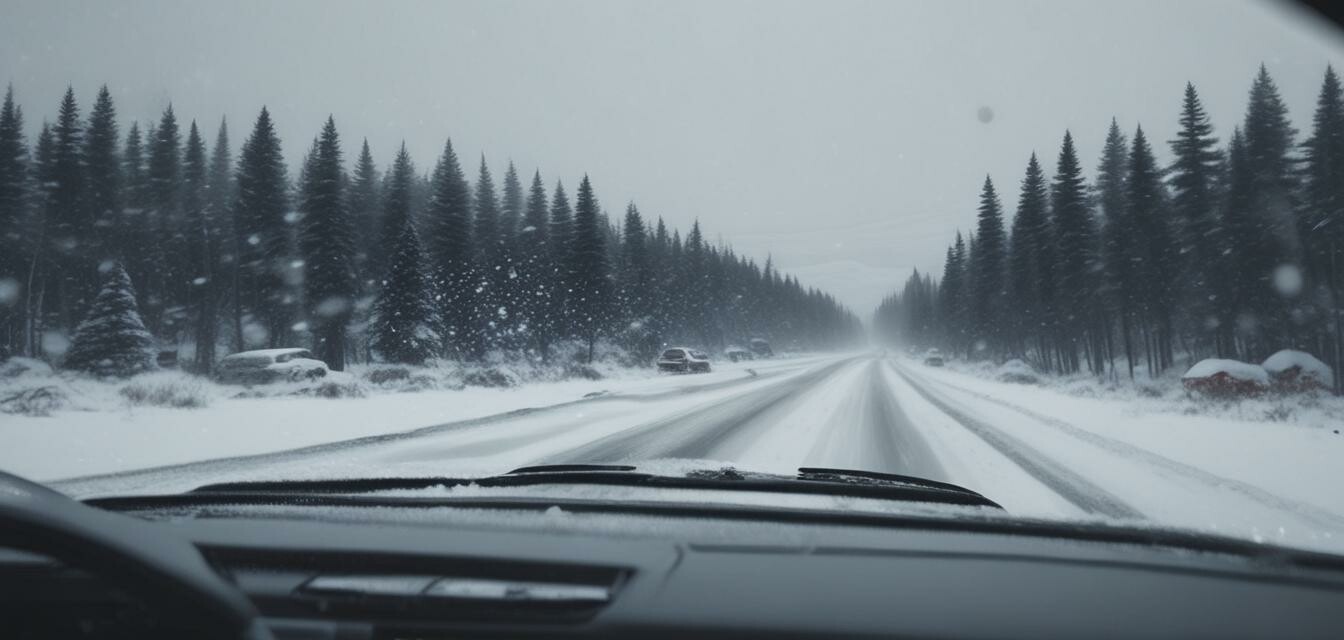
How to choose a dashcam for winter driving
- Choose a dashcam with excellent low-light and night vision capabilities.
- Look for a device with a wide-angle lens to capture more of the surroundings.
- Ensure the dashcam has a reliable storage option for longer recordings.
- Consider models with features like GPS tracking for added safety.
- Waterproof casing can be beneficial in snowy conditions.
With winter driving comes unique challenges. Snowy roads, reduced visibility, and icy conditions can all contribute to dangerous driving situations. A dashcam can be an essential tool to enhance safety and provide peace of mind during this season. In this guide, we will explore key considerations to keep in mind when selecting a dashcam that performs well in winter conditions.
Why is a good dashcam essential for winter driving?
Winter weather can lead to an increase in car accidents. A quality dashcam can provide crucial evidence in the event of an accident, protecting you from unfair liability claims. Additionally, it can capture moments that may remind you of just how dangerous winter roads can be.
Key features to look for
When selecting a dashcam for winter driving, it’s vital to look for features that enhance its performance in challenging conditions.
1. Low-light and night vision capabilities
Winter often brings long nights and poor visibility during the day. Dashcams that excel in low-light conditions are crucial. Look for models equipped with advanced night vision features.
2. Wide-angle lens
A dashcam with a wide-angle lens can provide a broader view of the road, capturing more of the environment around you. This feature is especially beneficial when navigating snowy or icy roads.
3. Storage options
Durable storage is essential, particularly for winter driving when you may need to record longer journeys. Consider a model that supports high-capacity memory cards.
4. Weatherproof design
Winter can bring elements like snow and sleet. A weatherproof dashcam casing helps ensure that your device remains functional despite harsh conditions. Look for models with such features.
Comparison of dashcam features
| Feature | Importance in Winter Driving | Recommended Specification |
|---|---|---|
| Low-light performance | High | F1.8 lens or better |
| Wide-angle lens | High | 140 degrees or more |
| GPS functionality | Medium | Built-in GPS logging |
| Storage capacity | High | At least 64GB |
| Weatherproof design | High | IP67 rating or equivalent |
Additional considerations
Beyond the essential features discussed, consider the following aspects when choosing a dashcam:
- Budget: Determine how much you’re willing to invest.
- User experience: Look for easy installation and user-friendly interfaces.
- Brand reputation: Research reviews and feedback to find reliable brands.
Pros and cons of winter driving dashcams
Pros
- Provides evidence in case of accidents
- Can capture interesting driving moments
- Increases peace of mind while driving
Cons
- Potentially high initial investment
- Requires proper installation for optimal performance
Conclusion
Choosing the right dashcam for winter driving can enhance your safety and provide critical documentation during challenging driving conditions. By focusing on features like low-light performance, wide-angle lenses, and weatherproof designs, you can ensure that you are well-equipped to handle the winter roads. For more information on dashcam options, check out our section on Buying Guides where we offer insights to assist in making informed choices that fit your needs.
Beginner tips for using a dashcam
- Familiarize yourself with the user manual and installation instructions.
- Regularly check and transfer video footage to avoid storage issues.
- Position your dashcam properly to maximize visibility without obstructing your view.
- Consider using a polarizing filter for clearer winter images.
